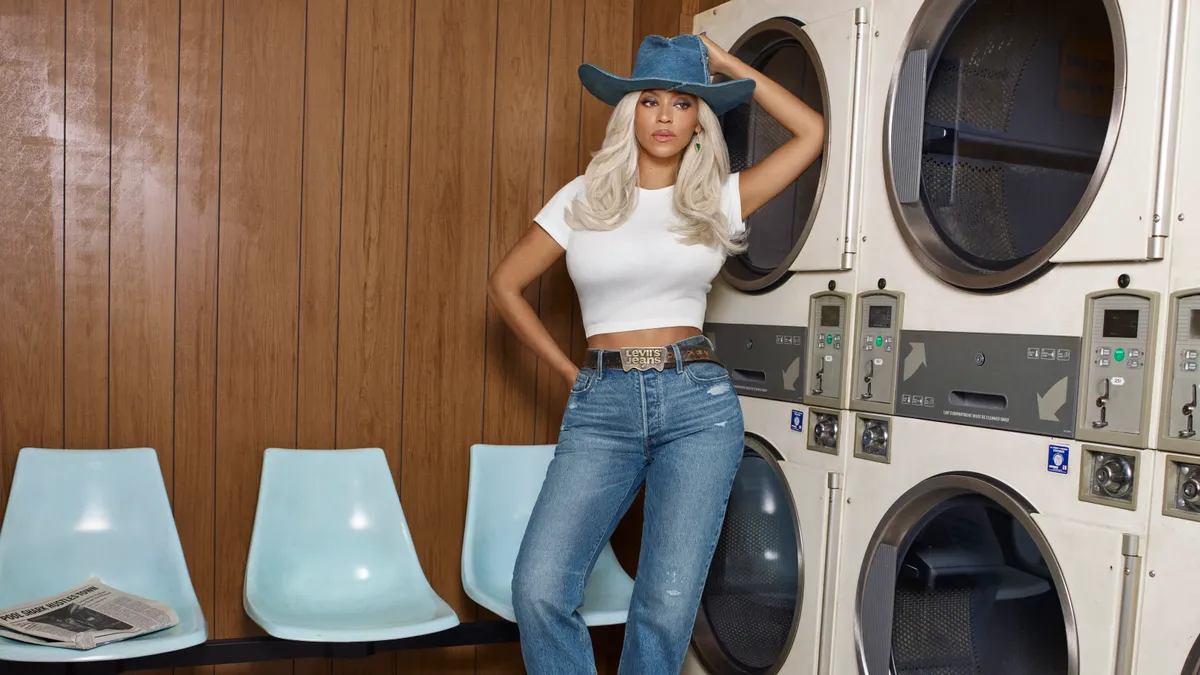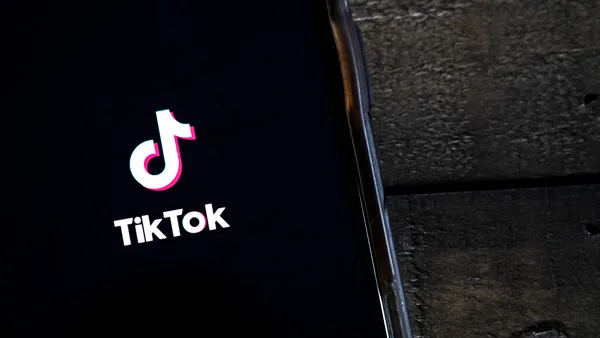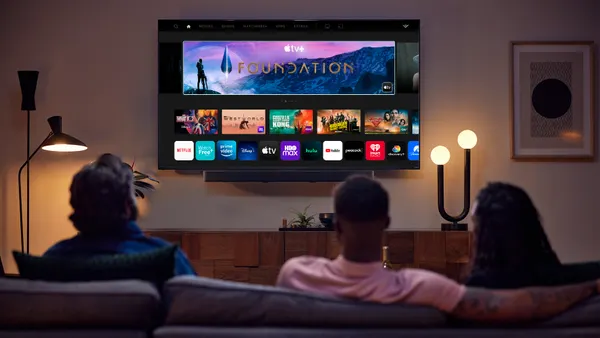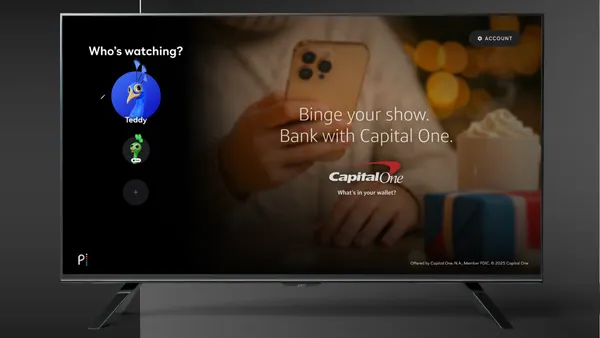New technologies have changed job functions across many industries, and advertising is no different. The seemingly daily changes in social media, display, and video ads can be confusing for even the most seasoned marketer—but there are a few startups out there trying to build businesses around these changes.
Here are four young companies that were showcased during Ad:tech New York's "Startup Spotlight" and are helping brands use new technology to tell the best story possible.
Grapevine
When he was producing TV shows for the Discovery Channel, Brendan Lattrell noticed something curious: Popular YouTubers were getting more views on their videos than some of the primetime shows that Lattrel was producing. That's when the idea for Grapevine was born, which teams up with YouTube's biggest stars to help brands promote their products.
"Let's say 5% of people who watch the video of a popular YouTube star click on the link provided, that is still 50 times higher than what you get from traditional display ads," said Lattrell, founder and CEO of Grapevine.
Brands may no longer be able to ignore the power of YouTube and Instagram—and the elite content creators using those sites as their platforms. "A recent survey of the top 10 most influential people showed that for the sub-18 group, 6 were YouTube celebrities," Lattrell said. "I don't think traditional TV is necessarily going anywhere, but it's time for brands to give these new media channels a serious look."
Klickpush
While working in online advertising, Ben Jorgensen got tired of feeling like he was tricking consumers into interactions. "Why don't we just present something people actually like?" he asked. And for Jorgensen, the answer to that is music.
Klickpush helps brands execute online campaigns by making music the focal point. "Music tells our story in so many different ways, I can still emotionally connect with commercials from years ago that used music I liked," Jorgensen said. Because music is highly segmentable, and people tend to have varying tastes, Klickpush can help with audience targeting.
"If you're a diaper brand, what are popular nursery rhymes you could be incorporating? If you're a cleaning brand, what music are people listening to as they clean their homes?" Jorgensen said.
"Music is so universal, we look at it as a way to meet the consumer's taste. How does music translate into the story of your brand? It's something companies should be thinking about," he said. "We are passionate about making everyone happy: The music industry, the advertisers, and making sure consumers have a positive experience."
Znaptag
The basic philosophy behind Znaptag is that photographs are incredibly powerful in digital advertising. Znaptag uses static images and incorporates relevant overlay advertising to tell a more coherent story.
"Take a photo of Tiger Woods, for example. He is sponsored by Nike, so we could do an overlay of Nike advertising over the photo. If it's a photo of a Jamaican tourist destination, we could promote new flight destinations from British Airways," said Miki Momen, co-founder and CEO of Znaptag.
By providing contextual advertising in photos, Znaptag aims to avoid "banner ad blindness." Telling a story by using relevant overlay ads is a "burgeoning territory we think is going to change in our favor," Momen said.
It seems to be working. Launched in Stockholm, Sweden, the company has recently opened offices in London and New York City.
Zoomph
Zoomph believes that experiences, while somewhat universal, are different for everyone.
"If you live in San Francisco, you're going to experience Christmas differently than someone who lives in New York City," said Amir Zonozi, chief strategy officer for Zoomph. "So a brand's message should reflect that. We redefine messages based on geographic locations."
Zoomph uses geofencing technology to look at social media keywords across platforms to see what people are talking about in certain areas. When executing social media engagement for the NYC Marathon, the company broke up popular tweets, Instagram posts, and keywords based on whether the user was in Manhattan or Brooklyn, and displayed them on a jumbotron accordingly.
The startup even has the capability to identify and target spam on social media to avoid fraud for clients.
"When we worked on the Brazilian elections, we noticed a suspicious amount of votes on Twitter for certain candidates at certain times. But we were able to use our technology so the spam was caught and wasn't factored in the campaign," Zonozi said.












